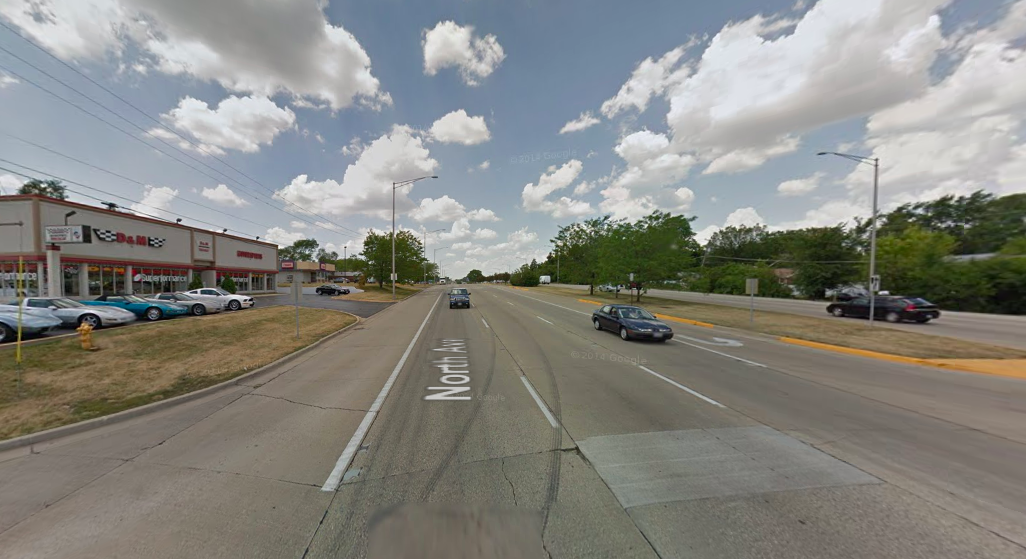There’s little question that technology is important to cities. Without elevators and electricity, for example, it would be almost inconceivable that we could have dense urban centers. So thinking about how advances in technology are likely to affect city success is critically important. And while technology captures our imagination, sometimes we become so fixated on the technical details that we lose sight of the ultimate value of technology, which is that it should make people’s lives better. A recent story illustrates that point.
Last week, the Atlantic reported that plans were afoot to build a $1 billion dollar fake city in the New Mexico desert. The purpose of the city – which will have no human residents, but will have buildings, roads, sewer and water lines, electricity and telecommunications – will be to serve as a facility for testing new technologies. Hence its name, “The Center for Innovation, Testing and Evaluation,” or CITE.

The proposal is actually a warmed over version of a project originally announced four years ago – with a $200 million price tag – which has apparently never made it past the press release stage.
There are so many problems with this story, it’s hard to know where to begin. First, there’s simply a question of the credibility of the project itself: the project is proposed by a company called “Pegasus Global Holdings” – a corporate moniker that sounds like it could have been drawn from a Roger Moore-era James Bond movie. The company’s website indicates that its management team has been active in trying to develop satellite-based communication systems, but it’s not clear how this expertise will translated into building a billion dollar city in the New Mexico desert.
What’s equally surprising is that none of the journalists at the Atlantic apparently bothered to examine whether Pegasus Global Holdings has the financial or technical capability to carry out such a project. While Pegasus has some big dreams, there’s little evidence its tackled anything of this scale or complexity. According to the Department of Defense contracts database, Pegasus General has received 2 contracts to provide radio jammers for the Navy, one for $37 million and another for $7 million.
It’s also questionable whether the market for the kind of testing that would go on in a fake city would ever cover the rent on a $1 billion investment (or even a $200 million one). In 2011, a journalist who asked about likely customers for the facility reported: “Pegasus Global did not immediately respond to our request for comment about whether specific companies and organizations have already expressed interest in using the facility.” And the city manager of the first town expected to host the project told the Atlantic: “When we started pressing for details, that’s when they decided to look elsewhere.”
But there’s a far deeper problem here. A city without people is certain to perform poorly at helping us solve real world problems.
In fact, many of our urban problems stem directly for optimizing cities for technology, instead of people. For example, we’ve long prioritized rapid movement of vehicles on city streets–with devastating consequences for pedestrian and bike safety and urban livability. Nationwide, adopted engineering standards require that we make wide, gently curved suburban streets. Ostensibly, these standards improve safety by minimizing conflicts, improving visibility and eliminating obstacles – but they actually make streets less safe by encouraging faster driving.

Ultimately, cities are about people. We have to think about how urban spaces make living and interaction easier and better for people – not for technology and inanimate objects. It’s tempting to view the city as just a collection of pavement, pipes, wires and buildings, but to do so misses the real social and human characteristics that underpin city success.
Cities are created by and for people. Viewing urban problems in narrow technical terms and crafting policies and solutions to achieve engineering efficiency, with no regard to how this will affect humans – and how human behavior will change and adapt in response – is a recipe for failure. Which is why, at City Observatory, we think there’s a lot more to be learned from the experience of real cities that can be a guide to how we harness policy, technology, markets and people towards achieving the goal of making more successful cities.

